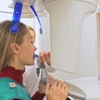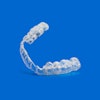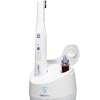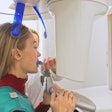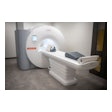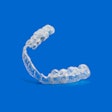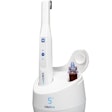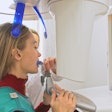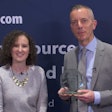Elos has changed its company and registered name to Elos Medtech.
The move reflects the company's strategy to fully focus on and strengthen its position in selected medical technology segments, including digital dentistry and implant tools. Elos Medtech's Nasdaq ticker code, however, will remain ELOS B.
"Over the years, Elos Medtech has successively developed into a leading development and production partner in the field of medical technology products, such as dental and orthopedic implant systems and instruments," stated Johannes Lind-Widestam, president and CEO of Elos Medtech, in a press release. "The main reason for the new name is the clarity we achieve and the benefits a shared name provides by making it easier to identify the units as part of a larger whole. This leads to advantages, particularly when major business transactions are being discussed."
